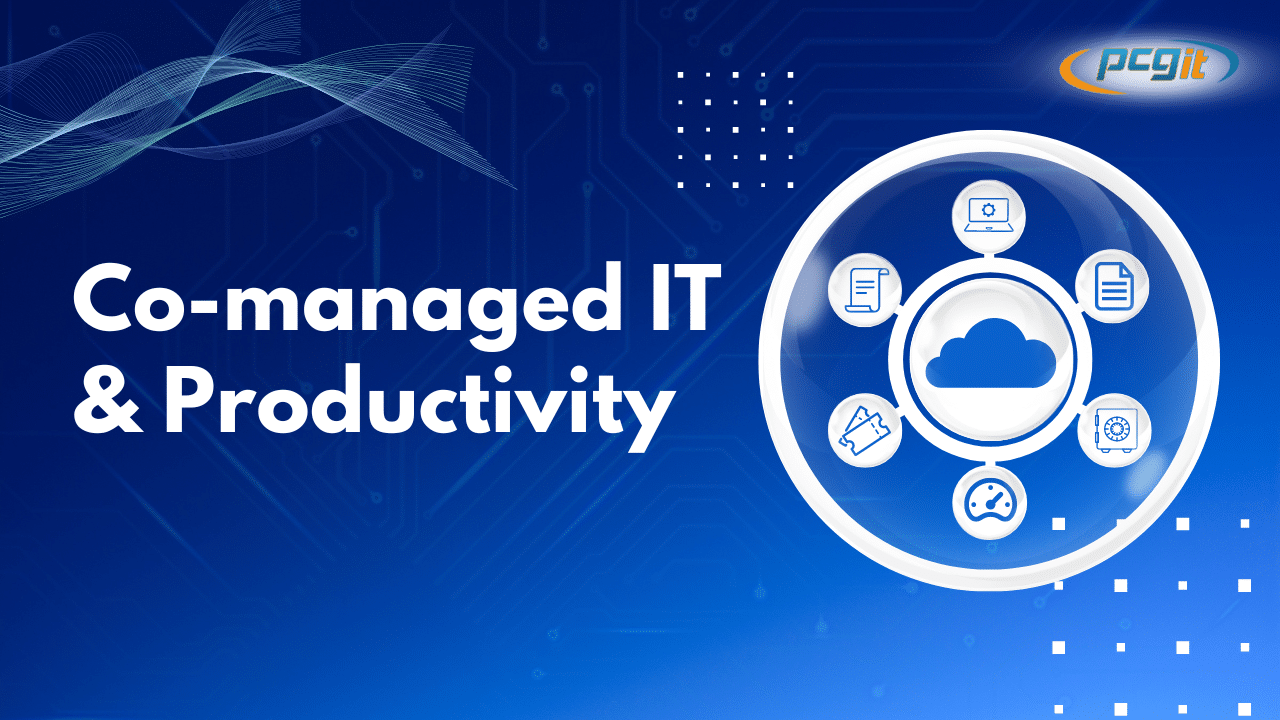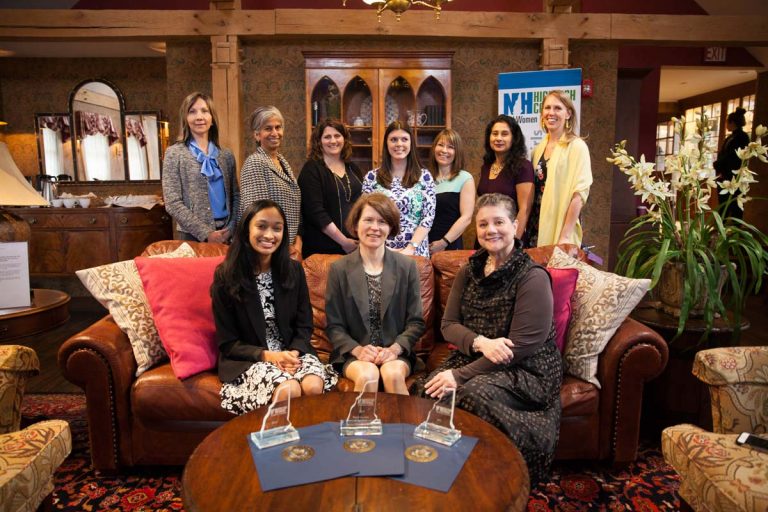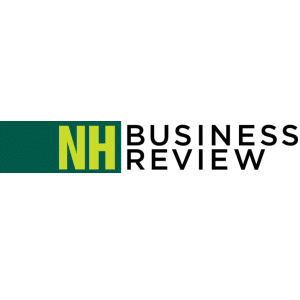PCG Case Study: Engineering Company in NH
Dave Hodgdon, CEO and founder of PCG, talks with John Maher about how PCG’s managed IT services helped an engineering company to improve its network performance and security. He explains why the company turned to PCG to replace their internal IT person, and he goes over the benefits PCG provided to this engineering firm.
John Maher: Hi, I’m John Maher. I’m here today with Dave Hodgdon, CEO, and founder of PCG. A managed service and IT provider with headquarters in Portsmouth, New Hampshire. And today we’re doing a case study of an engineering company in New Hampshire that you’re working with. Dave, can you tell us a little bit about the engineering company?
An Introduction to the Client
Dave Hodgdon: Absolutely, John, great to be with you again today. This company is in New Hampshire, they have two sites, so two specific offices and they have about 60 to 70 employees. We have been doing certain project work for them over time, and there was a time that a decision was made that their current IT person who’s managing took another job.
So we had a call with that person and the leadership team to determine what they should do, potentially outsource us, or look for another in-house person. We had some good conversations and we got the ball rolling, John.
In-House IT Versus Outsourcing
John: Right. Yeah. So tell me a little bit about some of the issues that they had. Obviously that’s the main one, is that their IT person who was working in-house was leaving and they had to determine whether or not they were going to hire a new person or outsource their IT to a company like yours. Did they have other issues as well when you spoke with them?
Dave: Yeah. Good question. I think they were concerned about a lot of things… for example, just like responses to questions when there’s a lot of familiarity. Their current IT guy had an engineering background, so he kind of knew their industry and some of their software applications, and he had the ability to help the users immediately.
And I think they kind of thought that they weren’t sure if they outsourced, if they were going to be able to get those kinds of responses. So that was probably the biggest thing of knowing they’re going to get a certain response, knowing that the skill set we had to help them within their particular CAD environment, the ability to help them. And after multiple discussions, it was clear to them that we had that knowledge to help them kind of get over that hump or hurdle John of making it easier to make that decision. Because when they compare the numbers side by side, we were about half the price when you compare hiring to outsourcing.
Plus, I think they saw the value of the many other services that we offered and it finally came clear to them. It was a good option to go to us. And one of the other items, they were really looking for some guidance, and the person working in-house is great technically, but really was not the big picture, the guidance of where the business is moving forward, to not have the security background. And in today’s world, those are some two big items to discuss.
Dealing With Industry-Specific IT Challenges
John: Right and how did it work out in terms of, you said that in-house person had an engineering background. How did you kind of get over that hurdle where they might think that maybe you don’t really know their space all that well, or something like that.
Dave: Getting the application installed: knowing how to deal with the license keys, but we’re not an engineer. So once you’re in the particular CAD software and knowing how to make a change for a particular drawing, that wasn’t our niche. I think he might have the ability to help there, but they had another person in-house that had that familiarity. He kind of became the go-to-person for the internal specific details within the CAD software.
How PCG Helped the Firm Right Away
John: Okay. All right. So in terms of the strategy that you had going into this, what were some of the initial tasks that you had and things that you had to accomplish right away?
Dave: There were two very specific tasks. First was to confirm what was in place. We call that the network assessment, the audit to really verify everything that was in place. What kind of documentation he had knowing both offices, knowing the infrastructure, what I mean by infrastructure, the switches, the firewall, the wireless, the actual physical equipment. Kind of think of your house, the foundation, what was in place? So we had to get our hands on that to make sure what we were adopting and the second big one was to do a risk assessment, to get an idea from a compliancy standpoint, where they stood, from any risks and vulnerabilities, to continue to do their business with their customers.
Results of the Network and Security Assessment
John: What were some of the things that you found when you did that network assessment initially?
Dave: There were some significant not-in-a-bad way, as is the situation with most businesses, some things were not being kept up to date. So it was important to have some of those items addressed for performance, also for better security, but the CAD systems really required some specific setups and licensing keys. So it was pretty important that we went over the PC user setup with them, John. And I think that was a good point.
They saw that we had a process in place because the CAD software, when you’re running three, four or five applications, you’re sharing licensing keys, which, they’re very expensive; is very important to understand how that works. So you’re not putting 30 licenses out there that only five people need. So you put it in place. So when they are concurrently using it, you’re working. So that was a big thing for them.
One of the things we really discovered, which I don’t want to say, surprised us that the security side needed to be addressed again, everyone means well, but knowing how things have really been addressed after the last three or four years, just the knowledge was not a place of what had to be done there. So having that security background, knowing how to do the risk assessment, ask the questions and find out what needed to be done to help dot those I’s and cross those Ts to lower their risk.
The Importance of Security in the Last 10 Years
John: And why is it that security is so important and why that’s such a prevalent thing these days that maybe it wasn’t some 10 years ago, say.
Dave: I think everyone knows that the word ransomware wasn’t even known, but today’s attacks are more and more. One of the biggest attacks just happened this past week was the largest ever in the history of the world.
The bad actors, as we call them John, are just constantly… They’re not targeting any particular industry. Whoever wants to take that bite. And they’re just looking to lock up your data and similar to what we spoke before that, we weren’t prepared on 9/11, but when the Boston marathon happened, we were more prepared as a country and as an organization to help mitigate what happened.
And in the same thing with security is that it is just an ongoing battle. It’s changing daily. And you have to be vigilant in order to minimize those risks because ultimately, when you’re an engineering firm, you’re dealing with companies so you deal with their data, deal with files, you need to protect those. You have sensitive information that’s going back, and forth internally. You have sensitive information going out to your accountants, to your attorneys that it’s relevant, that security training, monitoring the data that’s coming and going, that it’s the people that should be using that are the ones using it, not these odd, bad actors, John.
IT Tactics and Strategies
John: Right. Absolutely. So then what were some of the tactics that you employed for this engineering company in New Hampshire in terms of their IT set up and some of the things that you implemented to get them up to speed?
Dave: Well, every business is a little bit different. So it’s important to kind of come up with our standard plan, but we wanted to customize the plan that worked for them, especially with the multiple offices. And typically when you deal with an engineering firm, you’re dealing with some pretty smart people so we understand that a lot of them configure some of their stuff out.
But they’re there to be engineers; not necessarily think about the infrastructure, the security, the standards. They know how to use the system. They know how to use Windows. They know how to navigate on the web. So it really wasn’t a high-end help desktop, but they just really needed someone to give them the big picture to help guide them. So once they came up with the plan, we gave them the service plan that took care of their help desk for their dedicated engineer for the dedicated client success manager. And they were able to have a full team support them compared to one person in the past.
Outcomes of PCG’s Managed IT Services
John: And so tell me a little bit about the results or outcomes of the project. How long have you been working with them in terms of being a replacement for their internal IT person, and how’s it been going?
Dave: Oh, it’s been going great. Like anything, everything starts at the onboarding. And if you don’t have a good onboarding set-up, it typically does not go as well because they start wondering if there’s a system in place. But when you have a blueprint for an onboarding process, there’s multiple steps that you do. We worked very hard with the current employee before he stepped away. So for about one month, we were able to work together with him to get everything. No, he knew a lot, but wasn’t documenting at all. So it was important for us to document that and have access to that information, which is ultimately that organization’s; that’s their livelihood.
John: Right.
IT Roadmap on Microsoft 365
Dave: We hopped onto Microsoft 365 becoming what’s known as the partner of record; having the ability to make and edit changes to the necessary plans. When we ran the risk assessment, we determined many steps are needed to resolve the critical issues of certain items that were not being addressed. And it was clear to them that they saw those and they appreciate what we show them. And we came up with a plan to add those necessary services.
24/7 IT Help Desk Services
Dave: We offered them time flexibility… for example, a lot of the work being done by the staff is done on evenings and weekends. They’re busy. We offer two types of help desk: John. And one is the standard eight to five, but we trained them on a 24/7 premium help desk, where they get their responses in under five minutes.
Dedicated On-Site Engineer
Dave: We also set them up with a dedicated engineer and he’s going to multiple sites. So he kind of has familiarity with the staff. And it was really about the hand holding that they had, the nurturing they had with the current person. So we thought it was important to give the time of having that person on site. So they kind of realize, yeah, our guy’s not here all the time, but I have this guy showing up. I have somebody I can ask that personal question to.
John: Right.
Client Success Manager
Dave: And they know that they have their dedicated calls each month. If we call that the client success manager, making sure any open tickets, any open issues are being addressed, kind of like the big gatekeeper between both us and them and just being the eyes and ears and working together with them.
VCIO Services and IT Strategy Reviews
Dave: And the last step we did for them was what we call is the VCIO call. And in our world, sometimes we call that the IT strategy review, John. And now it’s just feeding all that data. What happened during the first 90 days of the onboarding, asking them what are their issues? What are their business goals? What’s on their roadmap? And that really opens up from we’re having issues hiring people. We are having issues with getting more space in our building. The strategy is just not IT.
We need to know what makes things tick to make that business grow. So if they’re in growth mode, what are they trying to do? Is it updating their website? Is it getting new CAD software? Is it a new lease on the building? It’s just not just IT, but our goal is to bring whatever IT might help with that to the table. So it’s been a great relationship.
The biggest concern up front John, was do we need the internal versus outsourcing? Because I think in their mind, they always thought outsourcing was more expensive. It is a recurring revenue, but think about the cost of hiring someone and having them on staff, dealing with when he’s not available or sick, having the medical expenses, the overhead. And when the numbers came out, it was a significant savings.
Contact PCG for Help With Your Business’s IT Needs
John: All right. Well, that’s really great information. And it sounds like a really successful project. Thanks for speaking with me today, Dave.
Dave: My pleasure.
John: And for more information you can visit the PCG website at pcgit.com or call (603) 431-4121.




